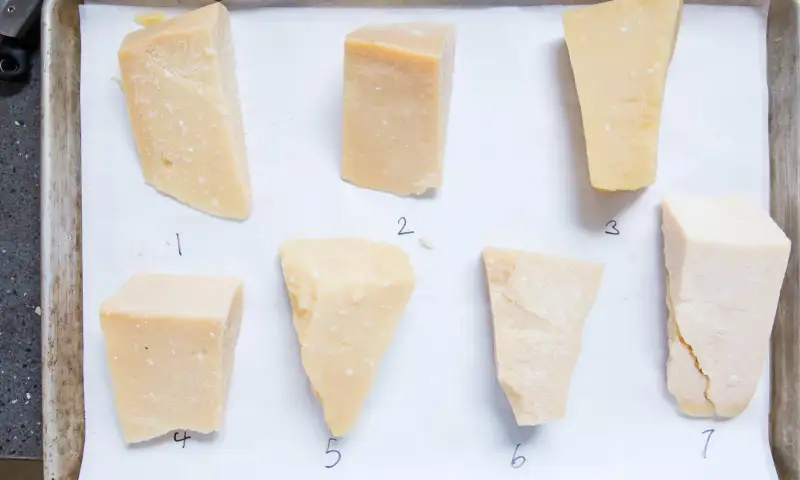love4livi.com – Cheese, a beloved dairy product known for its versatility and rich flavors, undergoes a fascinating transformation as it ages. This process, which can span from a few weeks to several years, significantly impacts the texture, taste, and aroma of the cheese. The debate over the ideal aging period for cheese is as aged as the cheese itself, with enthusiasts and connoisseurs divided on the perfect balance between youthful freshness and mature complexity.
The Science of Aging
Aging cheese is essentially a controlled process of decomposition. As cheese ages, it loses moisture, which concentrates its flavors. The proteins in the cheese, known as caseins, break down into amino acids, contributing to the development of a richer, more complex flavor profile. The fats also break down, creating a smoother texture and contributing to the aroma. Additionally, the microbial activity, including yeasts and bacteria, plays a crucial role in the ripening process, further influencing the cheese’s flavor and texture.
The Impact of Time
The length of aging can dramatically alter the cheese’s characteristics. Young cheeses are typically softer, with a milder flavor and a higher moisture content. As they age, they become firmer, and their flavors intensify, often developing nutty, earthy, or even piquant notes. The texture can range from semi-hard to hard, depending on the variety and the duration of aging.
Short-Aged Cheeses
Cheeses aged for a short period, usually a few weeks to a couple of months, retain a high moisture content and a soft, creamy texture. Examples include fresh mozzarella and brie. These cheeses are prized for their mild, milky flavors and are best enjoyed soon after production.
Medium-Aged Cheeses
Medium-aged cheeses, which have been aged for several months, strike a balance between freshness and maturity. Cheddar and gouda are classic examples. These cheeses have a firmer texture and more pronounced flavors, ranging from nutty to slightly sharp, depending on the variety and aging time.
Long-Aged Cheeses
Long-aged cheeses, such as Parmigiano-Reggiano and aged gouda, can be aged for two years or more. These cheeses are hard and granular, with a rich, complex flavor profile that can include nutty, fruity, and savory notes. The aging process significantly reduces their moisture content, resulting in a concentrated, robust taste.
The Debate Continues
The debate over the ideal aging period for cheese is subjective and varies depending on personal preference and the type of cheese. Some cheese enthusiasts prefer the delicate, subtle flavors of young cheeses, while others relish the bold, nuanced characteristics of long-aged varieties. Cheesemakers and affineurs (professionals who specialize in the aging of cheese) play a crucial role in determining the optimal aging time for each cheese, considering factors such as the cheese’s composition, the desired flavor profile, and the intended market.
Conclusion
The transformation of cheese through aging is a testament to the art and science of cheesemaking. Whether one prefers the mild sweetness of a young cheese or the complex depth of a long-aged variety, there’s no denying the profound impact that time has on this beloved food. The aged debate over the perfect cheese continues, fueled by the diverse preferences of cheese lovers worldwide and the endless possibilities offered by the aging process.
